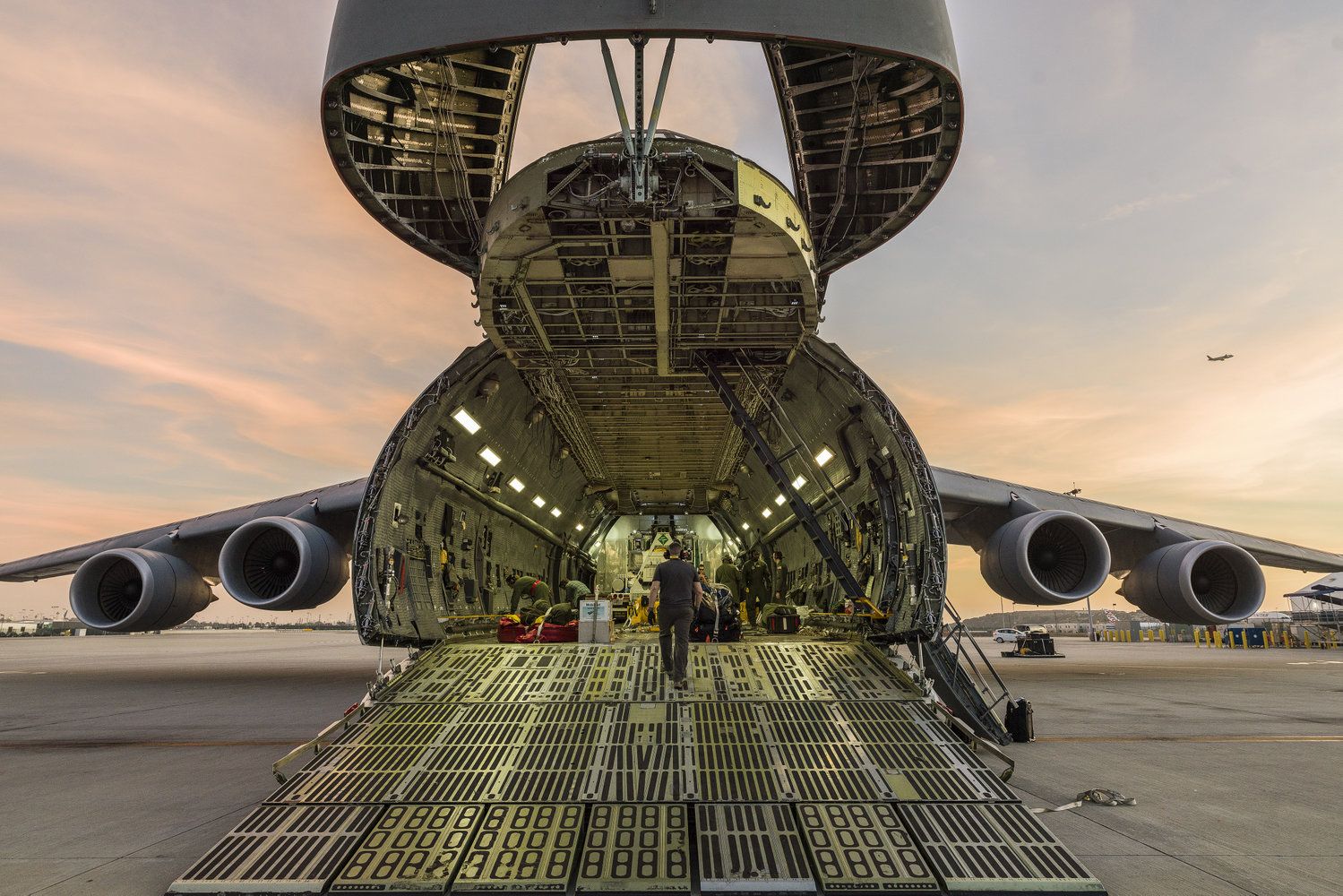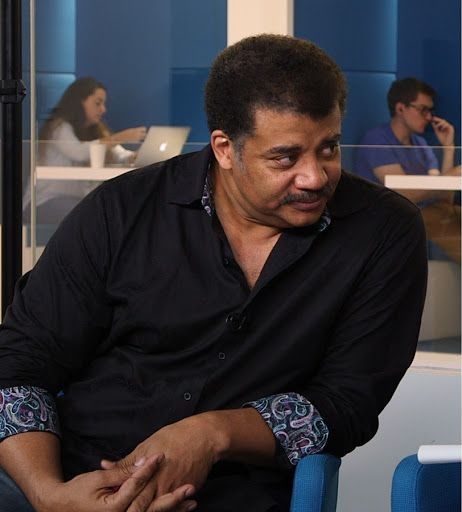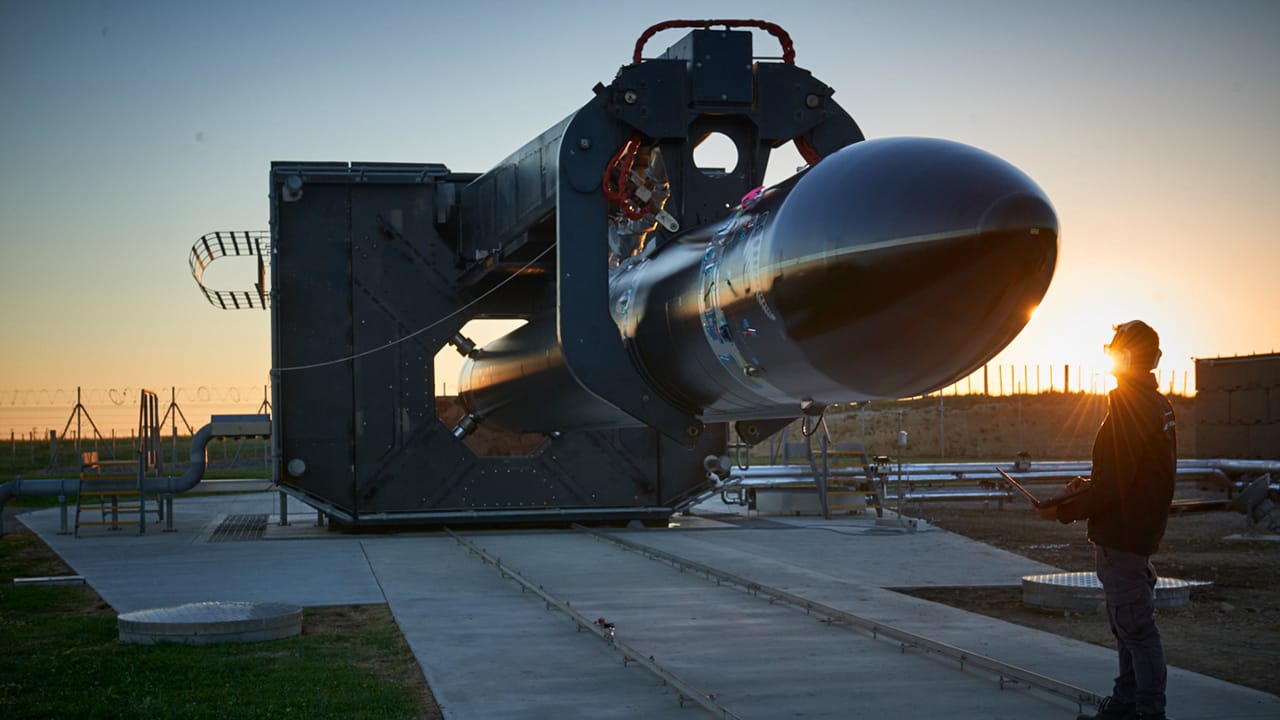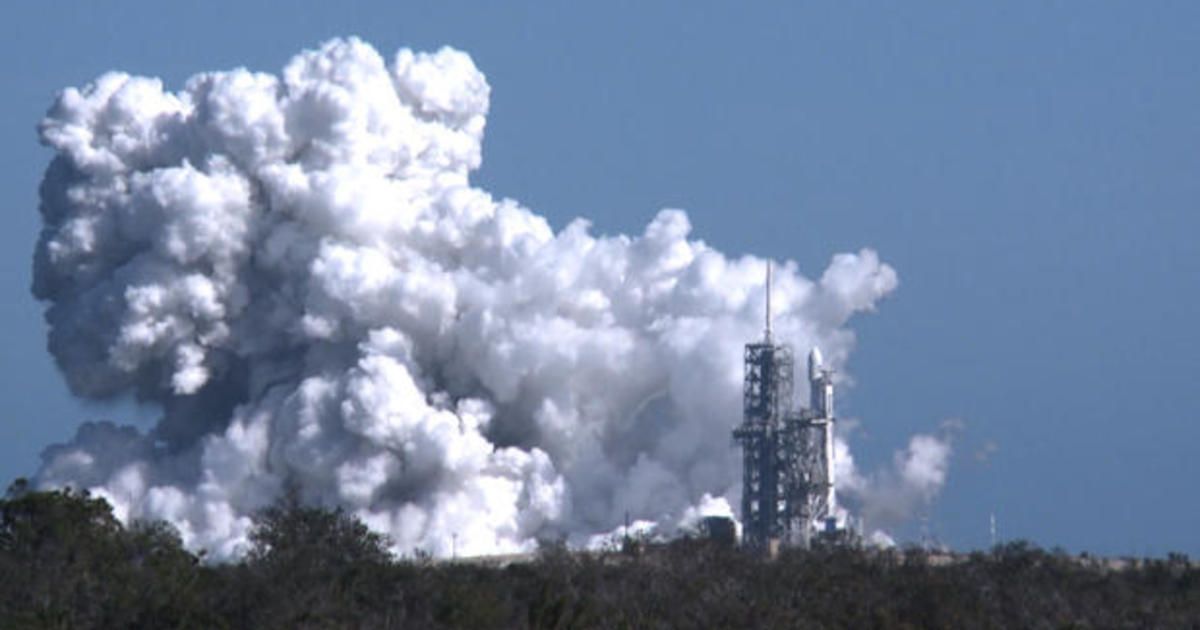NASA’s James Webb Space Telescope has arrived in California for final assembly in preparation for launch in 2019.
The two halves of the James Webb Space Telescope (Webb) arrived at Northrop Grumman Aerospace Systems’ Space Park facility in Redondo Beach, California, on Feb. 2, after being transported from NASA’s Johnson Space Center in Houston, according to a statement from NASA. Later this summer, the optical telescope and integrated science instrument module (OTIS) will be combined with the Telescope’s spacecraft element; together they will officially become the Webb observatory.







